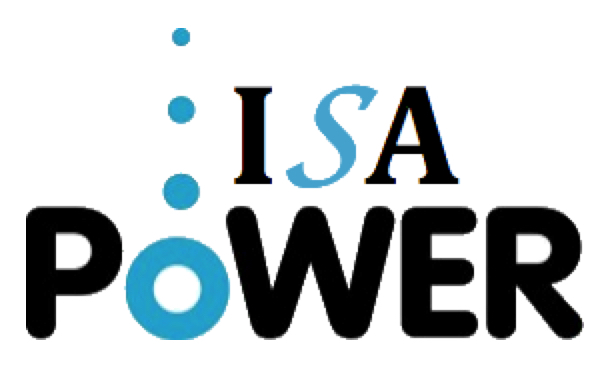What is pica?
Pica is an eating disorder that involves eating items that are not typically thought of as food and that do not contain significant nutritional value. It is unclear how many people are affected by pica. It most likely is more prevalent in underdeveloped countries. Pica can affect children, adolescents and adults of both genders. Those who are pregnant and craving nonfood items should only be diagnosed with pica when their cravings lead to ingesting nonfood items, and the ingestion of those items poses a potential medical risk (either due to the quantity or type of item being ingested). Pica can also be associated with intellectual disability, trichotillomania (hair pulling disorder) and excoriation (skin picking) disorder.
Symptoms and Behavior
- The persistent eating, over a period of at least one month, of substances that are not food and do not provide nutritional value.
- The ingestion of the substance(s) is not a part of culturally supported or socially normative practice (e.g., some cultures promote eating clay as part of a medicinal practice).
- Typical substances ingested tend to vary with age and availability. They may include paper, soap, cloth, hair, string, wool, soil, chalk, talcum powder, paint, gum, metal, pebbles, charcoal, ash, clay, starch or ice.
- The eating of these substances must be developmentally inappropriate. In children under two years of age, mouthing objects—or putting small objects in their mouth—is a normal part of development, allowing the child to explore their senses. Mouthing may sometimes result in ingestion. In order to exclude developmentally normal mouthing, children under two years of age should not be diagnosed with pica.
- Generally, those with pica are not averse to ingesting food.
- The eating of nonnutritive substances can be associated with another mental disorder, (e.g., intellectual disability, autism spectrum disorder, schizophrenia) or medical condition (e.g., pregnancy or iron deficiency anemia), and, when considered in the context of the co-occurring disorder or condition, is sufficiently severe to warrant independent clinical attention (e.g., some women may eat nonfood items during pregnancy, but their doctor may determine that their actions do not indicate the need for separate clinical care).
Warning signs
- Eating or swallowing substances that are not food.
- An obstruction or perforation (hole) in the intestines. These may be caused by nonfood substances building up in or perforating the intestines.
- Heavy metal poisoning, caused by the ingestion of metal-based substances.
Underlying conditions
- Although deficiencies in vitamins or minerals have been reported in some cases, often no specific biological abnormalities are found. There is no consensus as to the cause of pica; more research needs to be done.
Health consequences
- Mechanical bowel problems, such as a physical obstruction of the intestine, caused by ingested items.
- Intestinal obstruction, or a blockage that prevents food and water from passing through the intestines.
- Bezoar, a mass of indigestible material found trapped in the gastrointestinal tract (esophagus, stomach or intestines).
- Intestinal perforation, caused by the ingestion of a nonfood item that creates a hole in the wall of the stomach, intestines or bowels.
- Infections such as toxoplasmosis and toxocariasis may occur as a result of ingesting feces or dirt.
- Poisoning, such as by ingestion of lead-based paint.
References
Trichobezoar: a diagnosis which is hard to swallow and harder to digest. Sanneerappa PB, Hayes HM, Daly E, na Moodley V. BMJ Case Rep. 2014 Apr 30;2014.
Pica: an age-old eating disorder that's often missed. Mishori R, McHale C. J Fam Pract. 2014 Jul;63(7):E1-4. Review.
Pica and rumination behavior among individuals seeking treatment for eating disorders or obesity. Delaney CB, Eddy KT, Hartmann AS, Becker AE, Murray HB, Thomas JJ. Int J Eat Disord. 2015 Mar;48(2):238-48.
Pediatric feeding and eating disorders: current state of diagnosis and treatment. Kelly NR, Shank LM, Bakalar JL, Tanofsky-Kraff M. Curr Psychiatry Rep. 2014 May;16(5):446.
Risk of human exposure to arsenic and other toxic elements from geophagy: trace element analysis of baked clay using inductively coupled plasma mass spectrometry. Al-Rmalli SW, Jenkins RO, Watts MJ, Haris PI. Environ Health. 2010 Dec 23;9:79.
American Psychiatric Association: Diagnostic and Statistical Manual of Mental Disorders, Fifth Edition. Arlington, VA, American Psychiatric Association, 2013.
(Source: https://www.nationaleatingdisorders.org/pica)
Written by Urszula Kelley, MD

